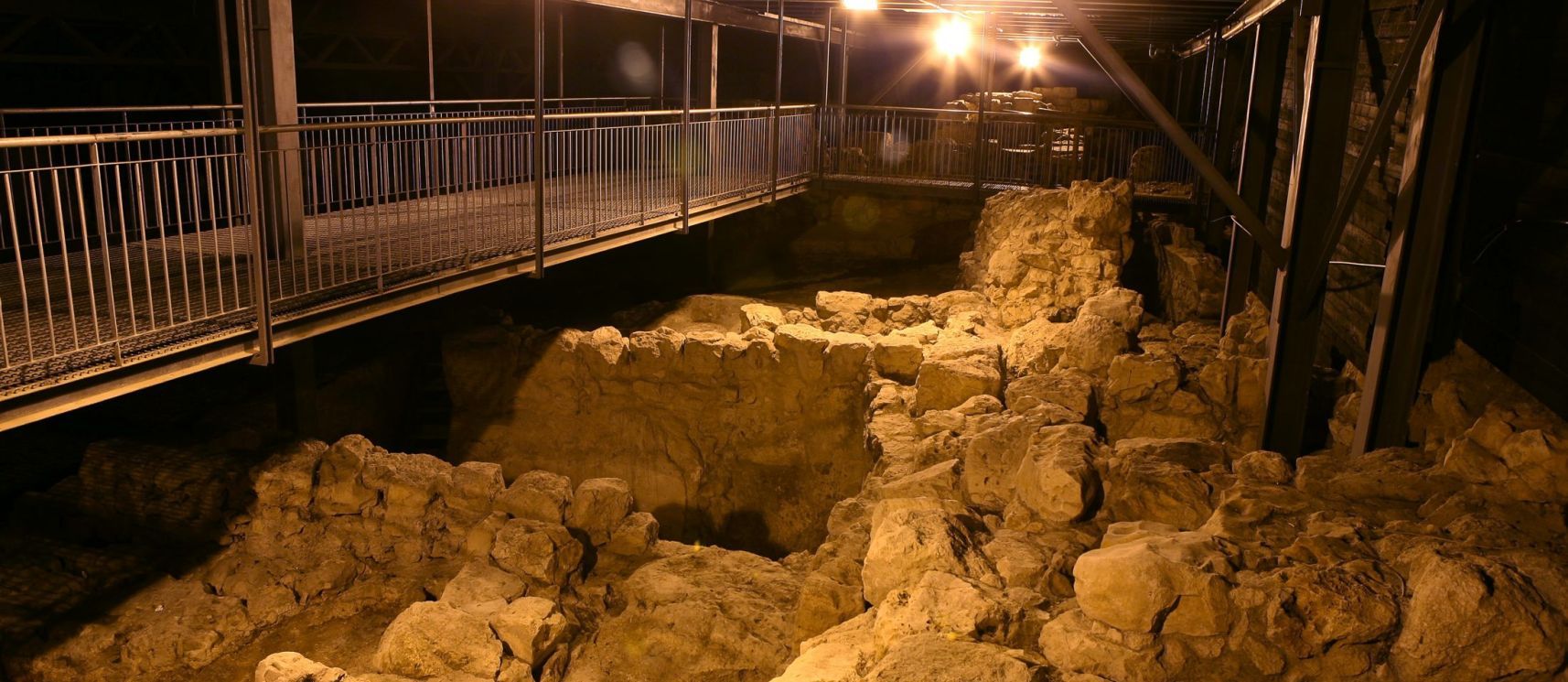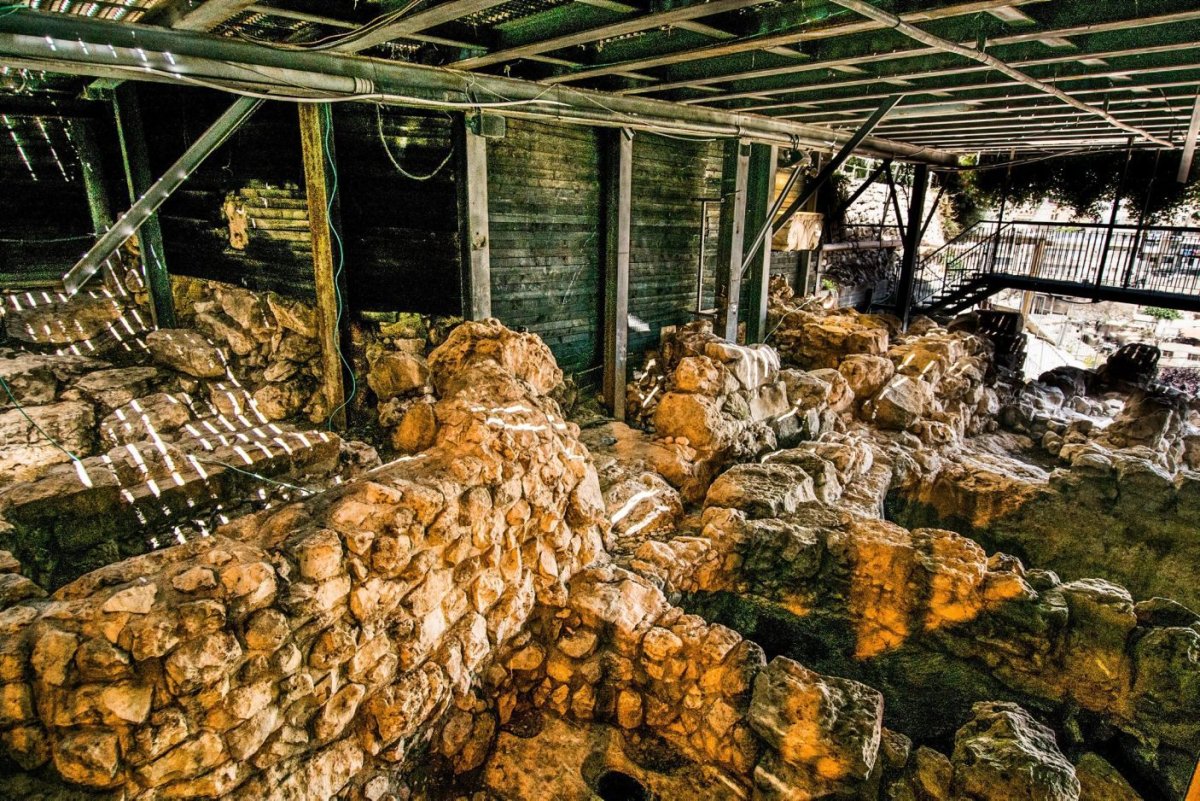
According to the Bible, King David and his son, King Solomon, ruled a vast and powerful United Monarchy from 1050 B.C. to 930 B.C. So why is there no archaeological evidence of it?
As part of an ongoing series investigating the factual support for various parts of the Bible, Haaretz recently published a new article suggesting that in the absence of other, more conclusive evidence, one of the most promising points of support for the existence of the United Monarchy lies about 180 miles south of Jerusalem at Timna, the site of a wide-scale copper mining operation.
"Copper was the oil of the time and to control this region would have been a major asset," Erez Ben-Yosef, a senior lecturer in archaeology at Tel Aviv University, told Haaretz. Ben-Yosef has spent 14 years excavating copper mining and smelting sites of Jordan and Israel.
Cyprus had largely cornered the copper market up until around 1200 B.C., when Mediterranean rule came to an end. By the time David and Solomon were in power, copper was sourced largely from the Aravah valley, the region in which Timna lies. Ben-Yosef told Haaretz that David and Solomon would have needed to control that source—for tools, weapons, and anything else they needed to run an empire.
Timna and the United Monarchy have been linked before. Ben-Yosef and his colleagues had even radiocarbon-dated animal dung that seemed to support the David and Solomon theory.
"We thought maybe some nomads had camped there with their goats a few decades ago," Ben-Yosef told National Geographic News earlier this year. "But the [radiocarbon] dates came back from the lab, and they confirmed we were talking about donkeys and other livestock from the 10th century B.C. It was hard to believe."

Because the scale of the copper production was so massive, it stands to reason that a massive governing entity was around to support it. Everything from the volume of manual labor required to the complexity of trade arrangements needed to sell copper in such quantities points to a presence like the United Monarchy. And archaeologists studying the region have identified imported products, like bones, that date the copper production and supposed rules of David and Solomon to the same time. Ben-Yosef had already discovered an extensive textile collection in 2016, which he told Tel Aviv University was a first for that region.
"Any major power in the region would want to control the mines," Philip R. Davies, a biblical scholar and archaeologist at the University of Sheffield, told Haaretz. "I don't see that any of the small emerging kingdoms of the Levant could have secured control of this operation."
But that doesn't necessarily mean that the major power was the United Monarchy. Skeptics have put forth viable explanations for who else could have controlled the mines besides David and Solomon. One popular theory is that Egyptians were in charge. Artifacts (as well as hieroglyphics) place them at the time and place, too. Davies told Haaretz that his money was on Egypt. And yet, more than one expert told Haaretz they believe that a large centralized power wasn't necessary to run the mines at all. The miners themselves, known as Edomites, could have managed on their own.

One potentially telling verse of the Bible described, in remarkably specific detail, Solomon constructing a temple with "a molten sea," commonly understood to refer to copper.
"And he made a molten sea, ten cubits from the one brim to the other: it was round all about, and his height was five cubits: and a line of thirty cubits did compass it round about." (1 Kings 7:23)
"These descriptions do not make any sense on theological grounds," Gabriel Barkay, director of the Temple Mount Sifting Project, told Haaretz. "There is no reason to specify these technical details that basically are instructions to the contractor. This information has to come from some archive that is now lost."
The Haaretz investigation acknowledged that for the most part, the mystery of David and Solomon's kingdom will never be solved.
"Apparently sometimes the Bible is right," it concluded, "other bits have been distorted, and often we simply cannot know."
Uncommon Knowledge
Newsweek is committed to challenging conventional wisdom and finding connections in the search for common ground.
Newsweek is committed to challenging conventional wisdom and finding connections in the search for common ground.
About the writer
Kastalia Medrano is a Manhattan-based journalist whose writing has appeared at outlets like Pacific Standard, VICE, National Geographic, the Paris Review Daily, ... Read more
To read how Newsweek uses AI as a newsroom tool, Click here.








